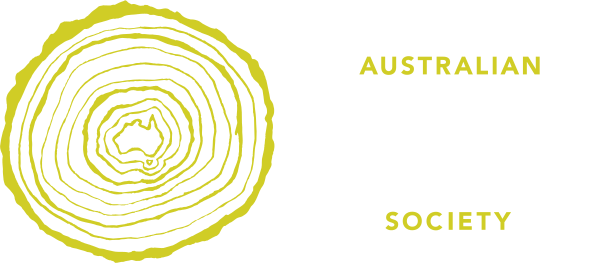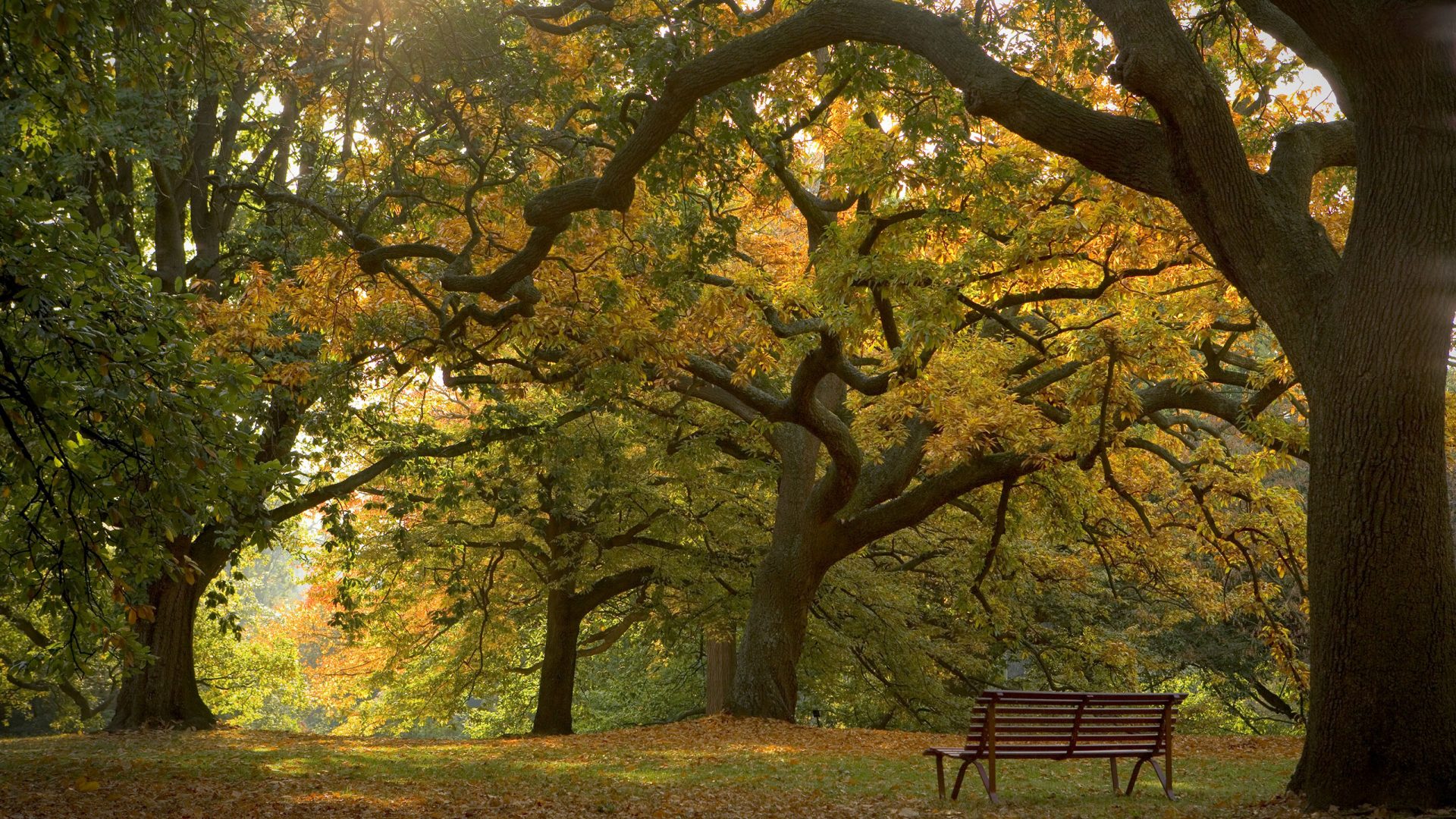Review of Weeds of the South-East, An Identification Guide for Australia, by F J Richardson, R G Richardson, R C H Shepherd, fourth edition, CSIRO Publishing, March 2025
The identification of plants and the recognition of weeds are at the heart of gardening, and are components of gardening literature. Weeds of the South-East* satisfies this requirement very well, but the publishers are aiming for a wider market:
this guide is for anyone interested in the identification of pest plants and the preservation of our native flora. It is an essential tool for community land and bush care organisations, local and state government weed officers and advisers, rangers, agronomists, agriculturists, survey and identification botanists, horticulturists, landscapers and gardeners.
They could be correct but in reviewing this new edition I will stay within my competence as a gardener and writer.
I have been using Weeds of the South-East as a valuable reference work since the first edition in in 2006. There are references to it in my PhD thesis Weeds in Victorian Landscapes (2007). The second edition published in 2011 gave me material used in my book, Weeds Plants and People (2016). The third edition, published in 2016 provided references for my book, Weeding between the Lines (2023). And now we have an amended and enlarged fourth edition, published by CSIRO Publishing. The combination of more than 3,000 good photographs of plants, concise accompanying text and the comprehensive range of plants covered have made each edition indispensable aids to my voyage of discovery into the world of weeds. The publication by CSIRO marks recognition of the high standing that the book has achieved, continued into the fourth edition.
The fourth edition, while maintaining the successful format, is some 50 pages larger than the third. Although much has been retained from earlier editions, there are many changes to the text and images. Some are to keep up to date with changes in botanical names. To give just one example, the third edition included Zephyranthes candida (white windflower) as an occasional garden escape. The botanical name has been changed to Hippeastrum zephyranthum. The plant is now listed under its new name, with the text and photograph, moved to follow the entry for Crinum moorei, as required by the rule in place throughout the book that plants are listed, family after family, by their botanical name in alphabetical order. The authors are to be congratulated on the care with which this has been done throughout the book.
The fourth edition maintains the high standard set in the earlier editions and will be a valuable addition to the library of members of the Australian Garden History Society.
* The southeast region covers all of Victoria, Tasmania and the Australian Capital Territory, the southern half of New South Wales and the south-eastern section of South Australia.


